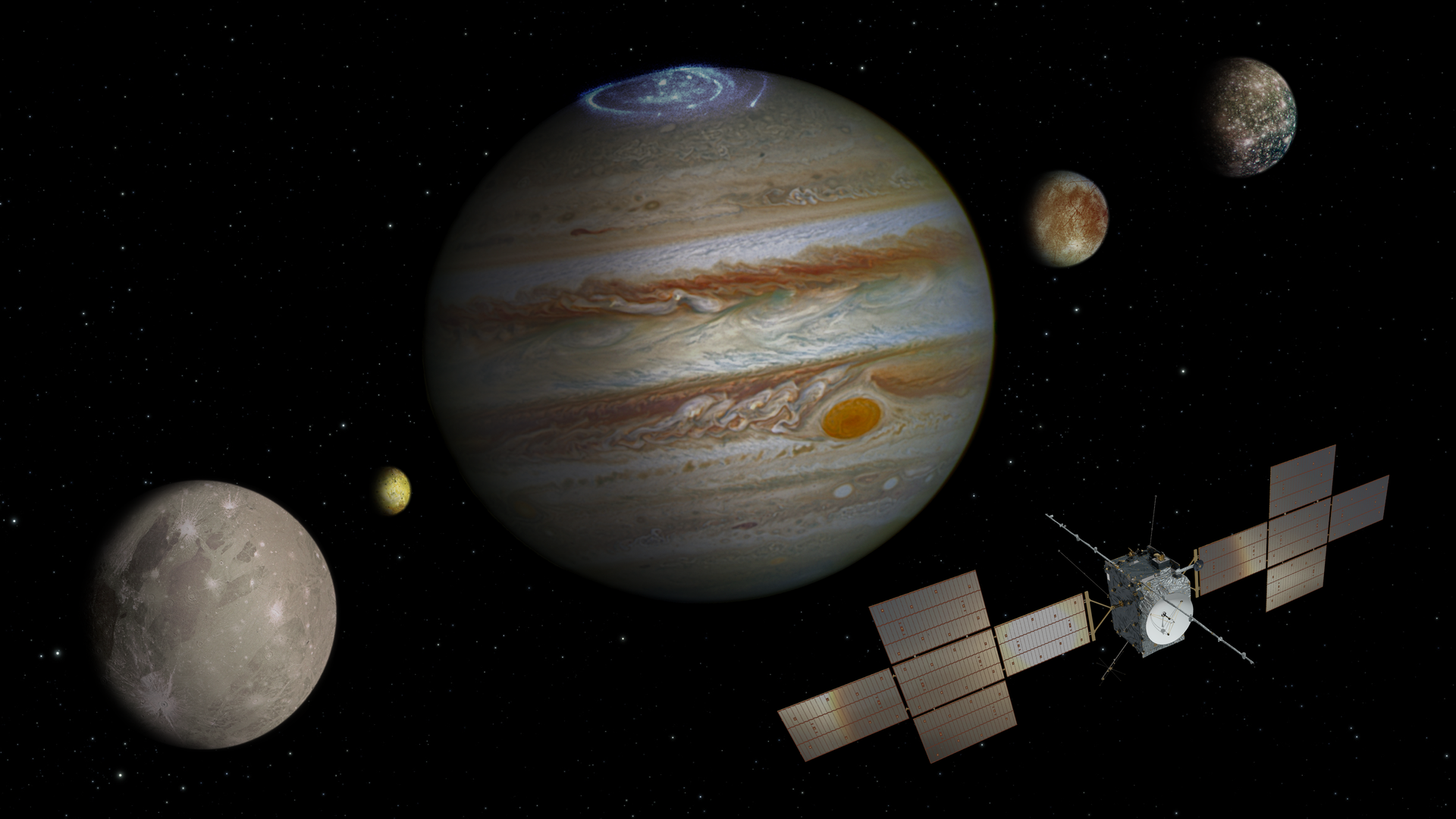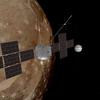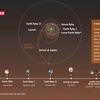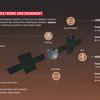ESA launches interplanetary space station JUICE to search for life on Jupiter's satellites

The European Space Agency (ESA) has sent its first probe to Jupiter. It is called the Jupiter Icy Moons Explorer (JUICE). We published a story a few days before the mission was launched, but now we have some new information.
Here's What We Know
The launch of JUICE was unique. A launch window of only 1 second was opened for it to happen. This was due to ESA's desire to minimise the waste of fuel.
The interplanetary space station was launched by the Airane 5 rocket. 29 minutes after launch, the probe separated and began the process of deploying 10 solar panels with sides of 2.5 x 3.5 metres each. The total area is 85 square metres. The JUICE probe weighs 2,400kg and almost 6,000kg including fuel.
The station is equipped with JANUS, MAJIS, UVS, SWI sounding instruments, GALA laser altimeter, RIME echo sounder, 3GM radio experiment, J-MAG magnetometer, RPWI radio and plasma wave instrument and PEP particle environment instrument.






JUICE will make several gravitational manoeuvres around Earth and one around Venus. This is necessary to gain acceleration. The station will begin operations in late 2030 or early 2031. In the summer of 2031, it will enter orbit of the gas giant, where it will remain for four years. In 2035, JUICE will orbit Jupiter and eventually hit a satellite called Ganymede.
The aim of the mission is to search for life on the icy satellites of the largest planet in the solar system. They are called Ganymede, Europa and Callisto. Scientists believe there could be liquid water oceans under the ice where biological life could exist. Specifically, the moon Europa may have more water than our planet.
Source: ESA